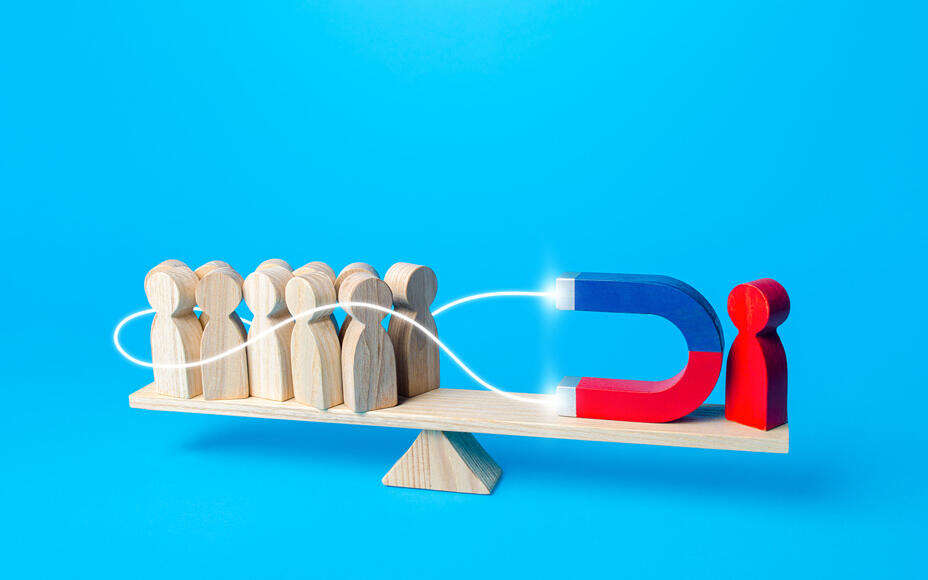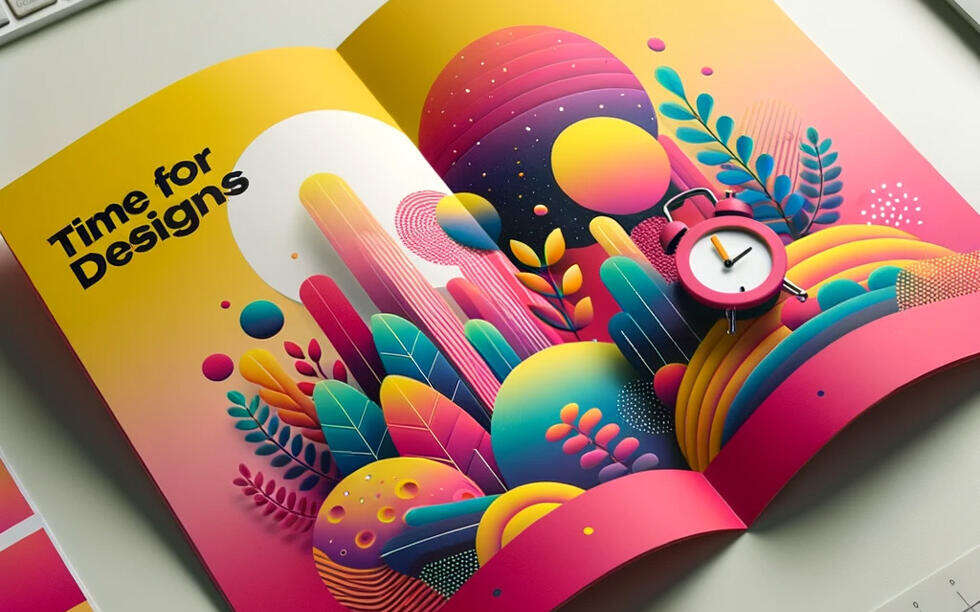Ever wonder why you can instantly recognize the McDonald's golden arches or Nike's swoosh even from a distance? That's the power of an iconic logo.
An iconic logo does more than serve as a brand's visual ID; it captures the essence, values, and ethos of a brand in a way that's unforgettable.
In this blog post, we'll uncover the secret sauce behind logos that stand the test of time. Let's dig in!
The History of Iconic Logos
In the sprawling landscape of logos, a few have managed to stand tall through the decades. Let's explore some of the titans in the logo world and understand what makes them iconic.
Coca-Cola
History
- Initial Inception: When Coca-Cola was founded in 1886, Frank M. Robinson, the company's bookkeeper, not only named the beverage but also chose the script logo.
- Evolution: Over the years, the logo underwent minor tweaks but kept its original Spencerian script, a popular writing style in the United States during the 19th century.
Why It's Iconic
- Consistency: The Coca-Cola logo has remained largely unchanged for over a century. This consistency helps in instant brand recognition.
- Colour Scheme: The red and white combination is not just striking but emotionally stimulating. Red often represents excitement and passion, while white offers simplicity and purity. For more on colour psychology, check out our blog post.
- Cultural Impact: Coca-Cola's marketing strategies have helped embed the logo into global culture, from vintage ads to holiday campaigns.
Apple
History
- Early Days: Apple’s first logo featured Isaac Newton sitting under an apple tree, a far cry from the simplistic apple image we recognize today.
- Iconic Change: In 1977, Rob Janoff introduced the bitten apple logo, eliminating any confusion with a cherry or a tomato.
Why It's Iconic
- Simplicity: The logo leverages minimalism for maximum impact. You can read more about the value of minimalistic design in our blog post.
- Memorability: The 'bite' adds a unique twist, making the apple shape unforgettable.
- Adaptability: Over the years, Apple has adapted the logo's colour and texture, proving its versatile yet consistent branding.
Nike
History
- Beginnings: Carolyn Davidson, a design student at the time, was paid just $35 to create the Nike "Swoosh."
- Inspiration: The design is inspired by the wing of the Greek goddess Nike, who was the goddess of victory.
Why It's Iconic
- Symbolism: The swoosh symbolizes motion and speed, echoing the company’s athletic focus.
- Simplicity: Its uncomplicated design makes it highly versatile, appearing seamlessly on everything from sneakers to billboards.
McDonald's
History
- Architectural Roots: Initially, the arches were part of McDonald's store design, intended to be seen from a distance.
- Logo Formation: Jim Schindler combined two arches to form an 'M,' symbolizing the brand name.
Why It's Iconic
- Instant Recognition: The bright yellow colour and unique shape make it instantly recognizable.
- Emotional Connection: The 'M' not only stands for McDonald's but creates a sense of welcoming, aligning with their 'feel at home' branding.
Mercedes-Benz
History
- Origins: The tri-star represents the company's ambition to dominate land, sea, and air transportation.
- Evolution: While the basic shape has remained consistent, the design has seen refinements over the years.
Why It's Iconic
- Elegance: The tri-star design exudes sophistication, aligning perfectly with the brand’s luxury positioning.
- Versatility: The logo appears effortlessly across various mediums, from car grills to high-end merchandise, without losing its charisma.
These logos are the epitome of timeless design and strategic planning. They've evolved without losing their essence, standing as powerful testaments to the enduring impact of well-crafted visual identities.
Design Elements That Make a Logo Timeless
Simplicity
Sometimes less is more. A simple, uncluttered design is easier to recognize and remember. Remember, simplicity doesn't mean boring; it means refined.
Relevance
A logo should speak to its target audience. If it's not relevant, it won't resonate, no matter how aesthetically pleasing it is.
Versatility
Whether it's a billboard or a business card, a timeless logo performs well in all sizes and mediums.
Memorability
An iconic logo sticks in the mind. If people can't remember your logo, how can they remember your brand?
Shapes and Lines: The Unsung Heroes of Brand Identity
The Importance of Geometry in Logo Design
Behind every iconic logo lies the subtle yet powerful influence of geometry. Shapes and lines aren’t just design elements; they’re carriers of emotion and meaning. By understanding the psychology behind them, you can design a logo that speaks volumes.
Round Shapes: The Approachable Brands
- Characteristics: Rounded shapes, like circles or ovals, are smooth and continuous.
- Psychological Impact: These shapes generally evoke emotions of harmony, unity, and warmth.
- Brands That Use It: Think of the likes of Pepsi and Spotify; their logos leverage the circle's friendly, inclusive feel.
Angular Shapes: Dynamic and Assertive
- Characteristics: Squares, rectangles, and other angular shapes are associated with stability and balance.
- Psychological Impact: Unlike their rounded counterparts, angular shapes imply professionalism, efficiency, and power.
- Brands That Use It: Microsoft and Adidas employ angular designs to symbolize reliability and strength.
Lines: Directions and Movements
- Horizontal Lines: They evoke feelings of stability and calm. Horizontal lines suggest tranquility and a grounded nature.
- Vertical Lines: These lines give off a feeling of power, prosperity, and growth, almost as if they're reaching for the sky.
- Diagonal Lines: These suggest movement, speed, and direction. They’re dynamic and can add a sense of excitement to your design.
Combining Shapes for Greater Impact
- Why it’s Effective: Combining different shapes can bring multiple layers of meaning to your logo.
- Examples: The Mercedes-Benz logo is a prime example, combining a circle with a tri-star, encapsulating both the company’s ambition and its commitment to elegance and unity.
Custom Shapes: The Road Less Travelled
- Innovation and Risk: Custom shapes can make your logo stand out, but they also come with the risk of being too complex or hard to remember.
- Brands That Nailed It: Apple’s bitten apple is a classic example. It’s a custom shape that’s both simple and unforgettable.
Making Shapes and Lines Work for You
Understanding the emotional and psychological impact of shapes and lines can turn your logo from mere artwork into a compelling brand story. So next time you doodle in your sketchbook or tinker in your design software, think about the underlying message you're sending
How Businesses Can Create a Timeless Logo
Creating a logo that stands the test of time is no small feat. It involves a blend of creative ingenuity, strategic thinking, and a deep understanding of your brand's core values. So, how can you go about designing a timeless logo for your business?
Understand Your Brand Identity
- What it Means: Before putting pen to paper, it's crucial to have a solid grasp of your brand's mission, vision, and values.
- Why It's Important: A logo should encapsulate the essence of your brand. If you don't understand your brand, neither will your audience.
Research, Research, Research
- Competitive Analysis: Know your competitors and their visual strategies. This helps in carving a unique space for your brand.
- Target Audience: Understand the demographic and psychographic elements of your target audience. A logo that resonates with them is more likely to succeed.
- Industry Trends: Being aware of industry trends can help you decide whether to follow the crowd or break away from it.
Consult Design Experts
- Why It's Crucial: An experienced designer can translate your brand values into visual elements effectively.
- Choosing the Right One: Look for designers or agencies with a proven track record in branding and logo design. Check out their portfolios and reviews before making a decision.
Versatility is Key
- Adaptable Designs: Your logo should look good in black and white, on a giant billboard, and as a social media icon.
- Test Across Mediums: Before finalizing, see how your logo looks in different contexts—print, digital, merchandise, etc.
The Iterative Process
- Sketch and Conceptualize: Start with rough sketches and then move onto digital drafts.
- Feedback Loops: Involve key stakeholders and perhaps even a focus group in the feedback process.
- Multiple Iterations: Don't hesitate to go back to the drawing board. Great logos often come from constant refining.
Legal Checks and Trademarking
- Why It’s Important: The last thing you want is a copyright infringement case.
- How to Go About It: Consult legal experts to ensure that your logo doesn't resemble any existing designs too closely and proceed with trademark registration.
Creating a timeless logo is an investment in your brand's future. It requires time, effort, and a willingness to dig deep into what makes your brand truly unique. But remember, a great logo isn't just a pretty picture; it's a powerful tool for connecting with your audience and leaving a lasting impression.
So, what are the elements you think are essential for a logo to stand the test of time? Drop your thoughts in the comments below.







Comments (0)
Add a Comment